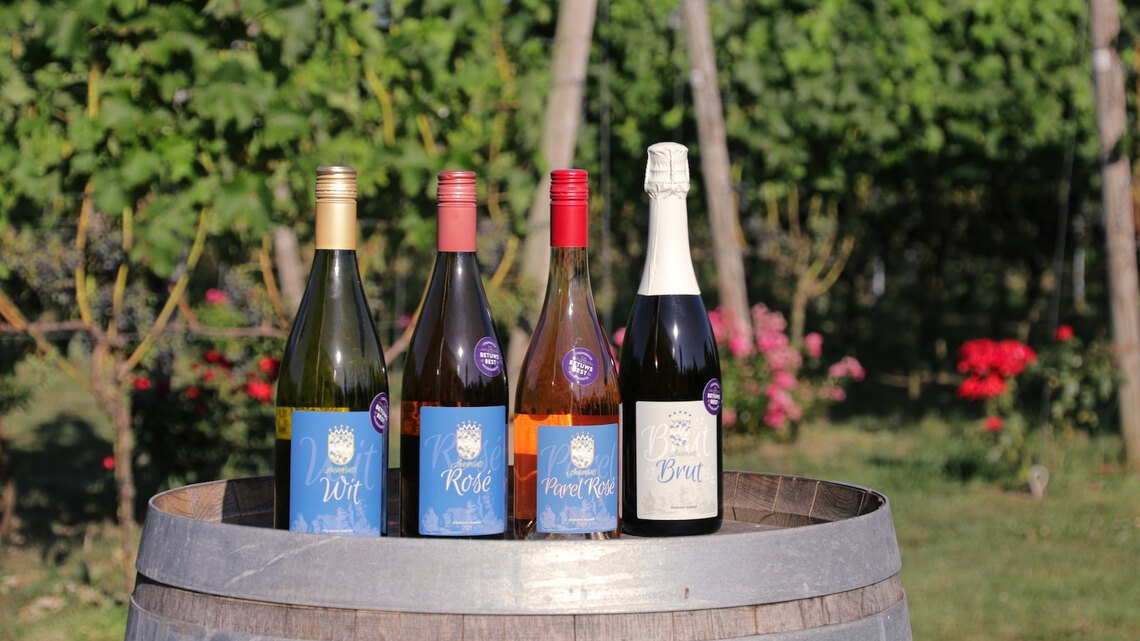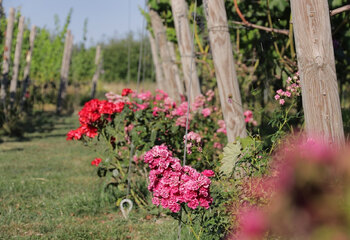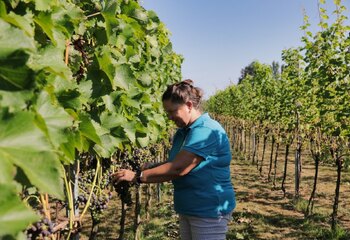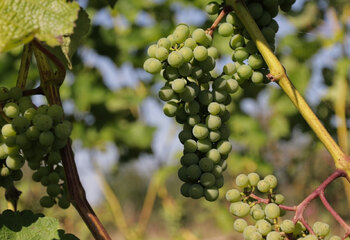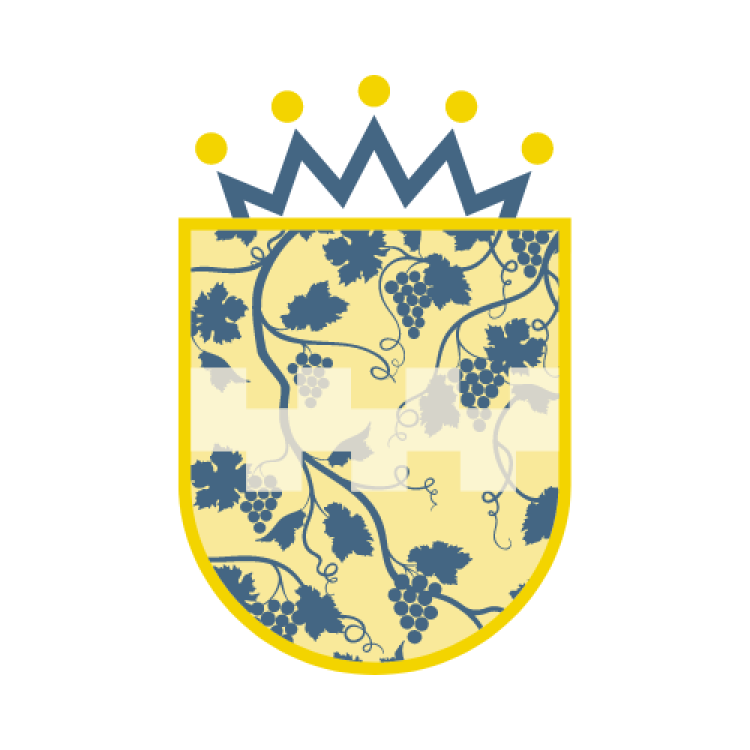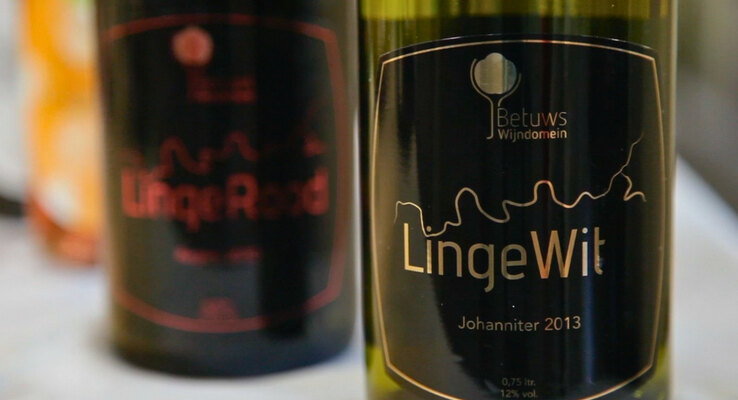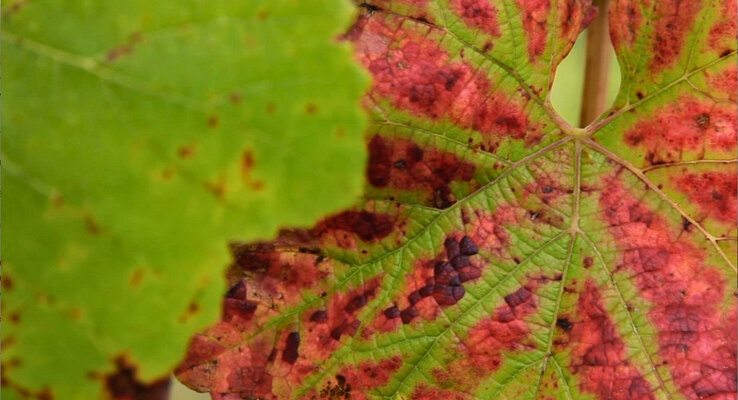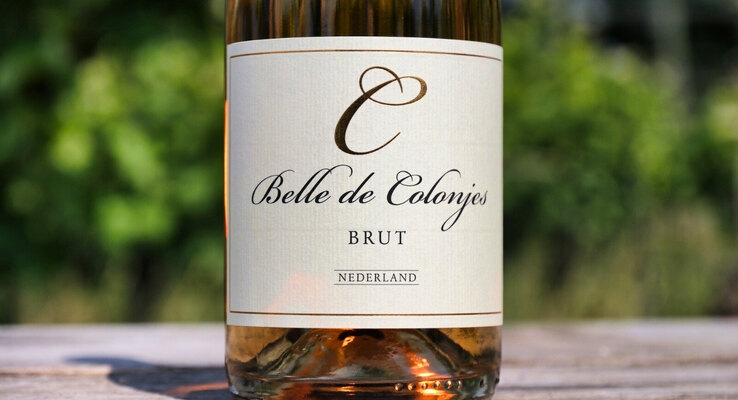"Our goal is to make beautiful wines that other people can enjoy."
A few years ago we followed the WSET level 2 wine course. A Dutch couple who also took the course had plans to start a vineyard in Southern Europe. That sounded like something other participants may have secretly dreamed of. They actually got their vineyard off the ground, but not in Southern Europe.
Wines from Betuwe region
About two years ago, we read something on the internet about a vineyard in the Betuwe region. And for a change it was not about well-known Dutch winery Betuws Wijndomein, which we had already visited a few times. To our surprise, Jan and Karin, the couple we met during the WSET-course, had settled in the village of Kerk-Avezaath, a stone’s throw from Betuws Wijndomein. They do not depend on the small vineyard of 0.5 hectares for their livelihood, but do this purely out of a passion for fine wines and the entire production process associated with it.
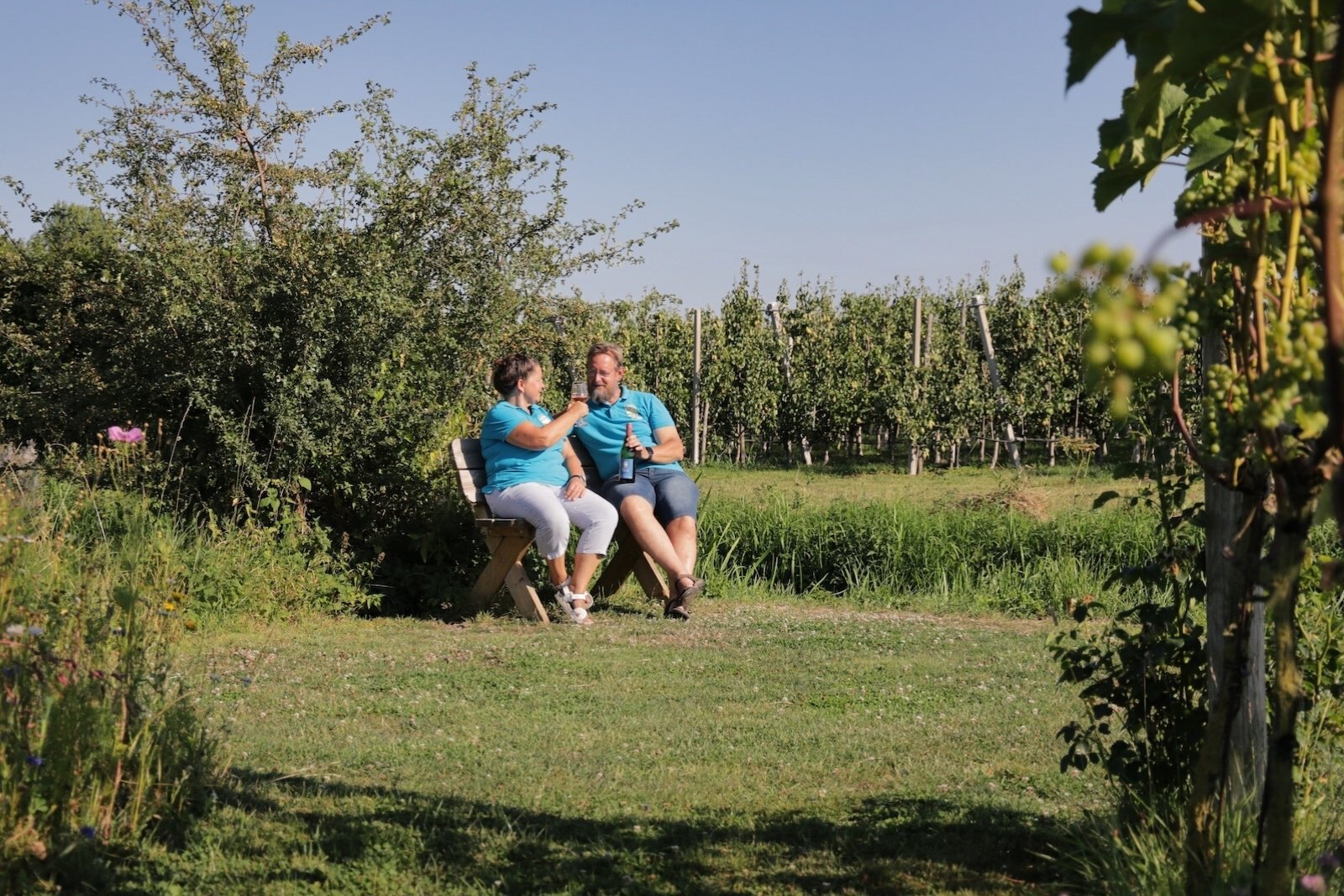
Naming your wine company
It is not always easy to come up with a good name for a new wine brand. In this case, history lent a hand. Looking for a suitable name for their brand new company, Jan and Karin came across a story about a historic document. To make things more intriguing, it is not entirely clear whether this document actually existed.
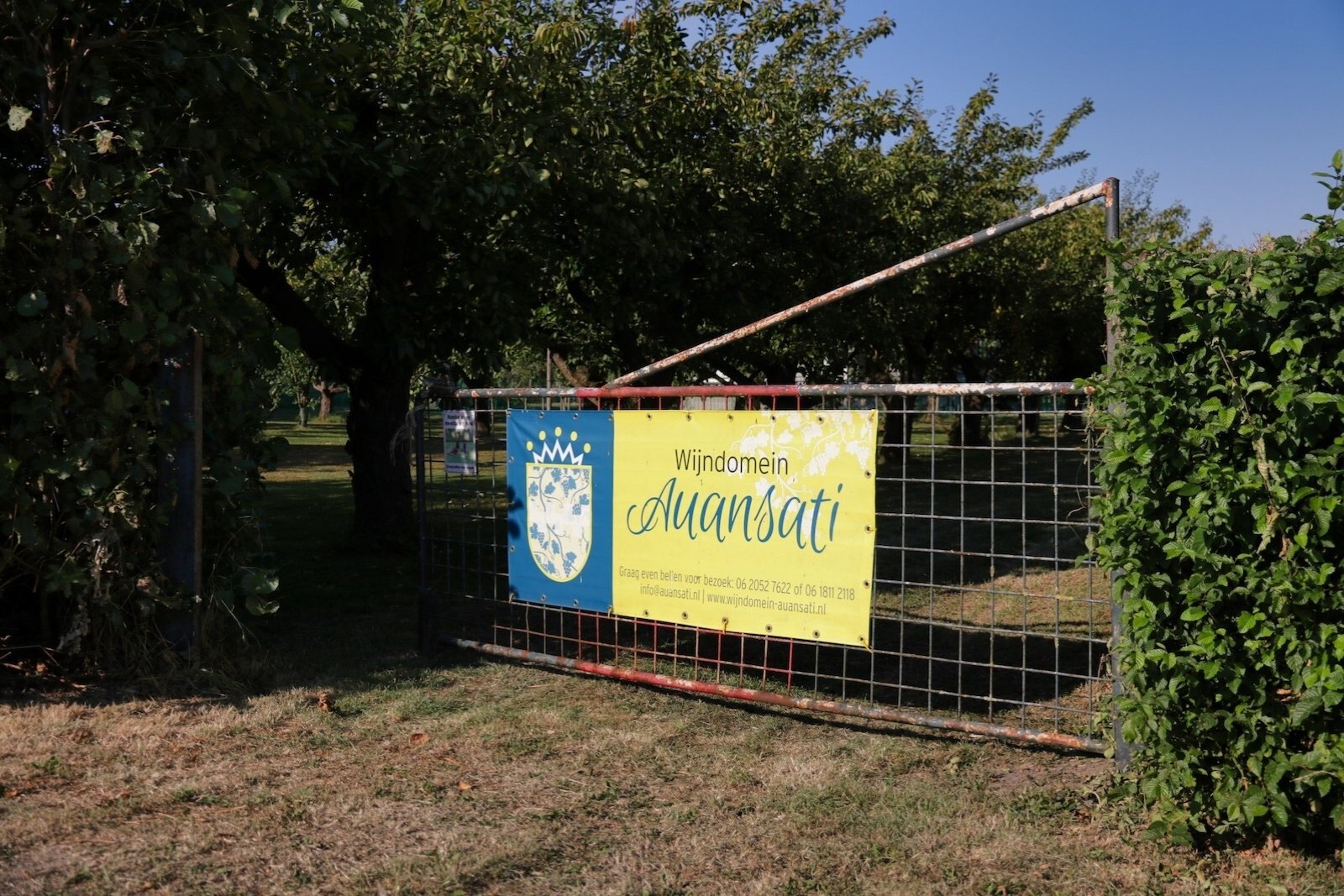
What is clear though, is that there is at least reference to this document in 1007. According to this document, the name Auansati has been used as the name of the area in which the vineyard is located, since 850. Auansati seems to have been an early spelling of what later became Auesaze, and eventually became Avezaath. A beautiful historic name for this small Dutch wine company.
Wines from new grape varieties
The preparatory work on the vineyard started in 2015. Two years later, the first vines were planted. Like many other Dutch vineyard owners, Jan and Karin also made the choice to plant new grape varieties. The reason is that these varieties are more resistant to fungal infections and mildew and can still ripen well with fewer hours of sunshine. These grape varieties also make it possible to work with as few pesticides as possible, so sustainable wines can be produced.
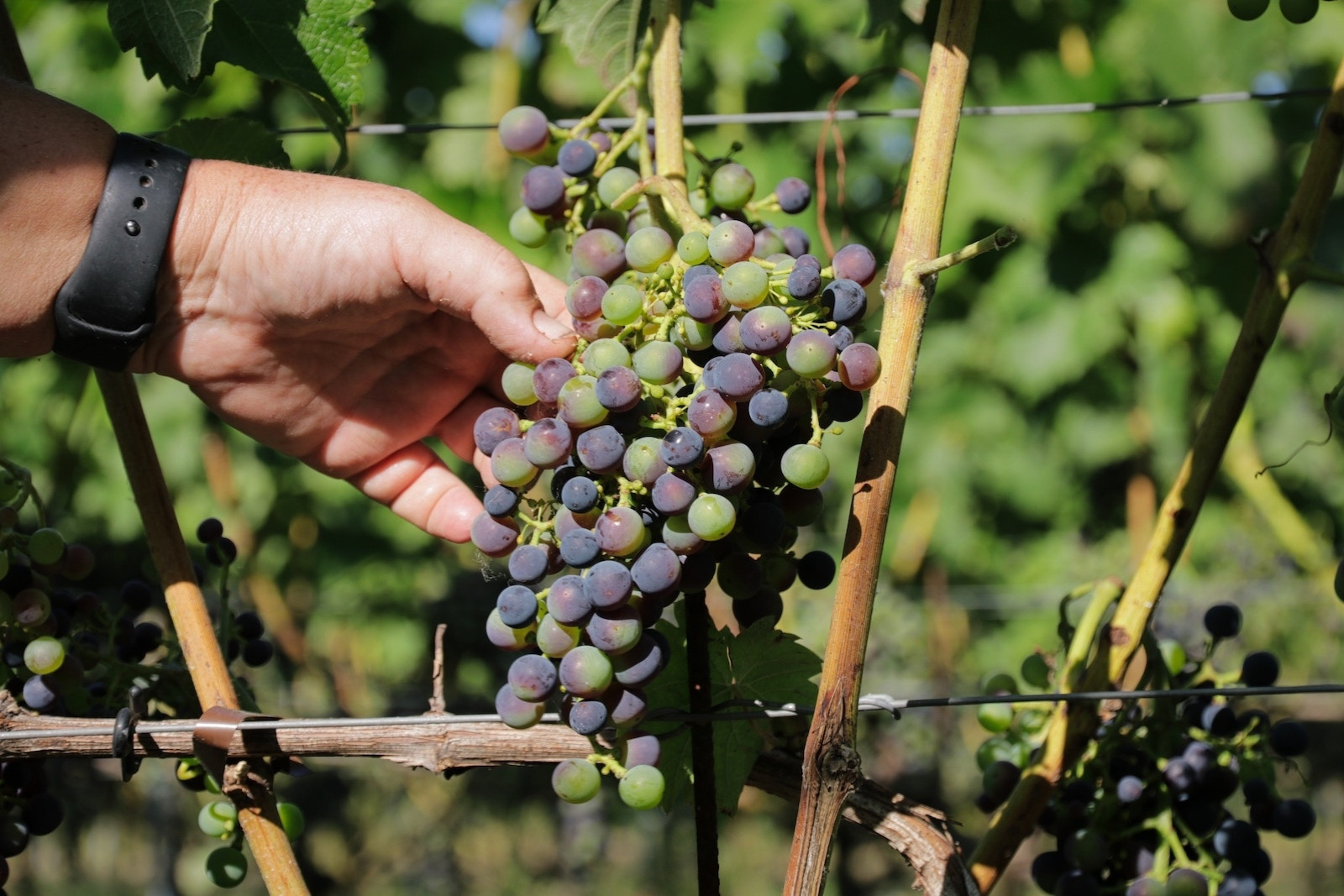
The white grape varieties planted at Auansati are Souvignier Gris and Johanniter. The choice of grape varieties for red wine resulted in Cabaret Noir, Satin Noir and Monarch. Satin Noir is a variety that is not widely planted in Dutch vineyards. This grape variety is the result of crossbreeding Cabernet Sauvignon with resistant partners.
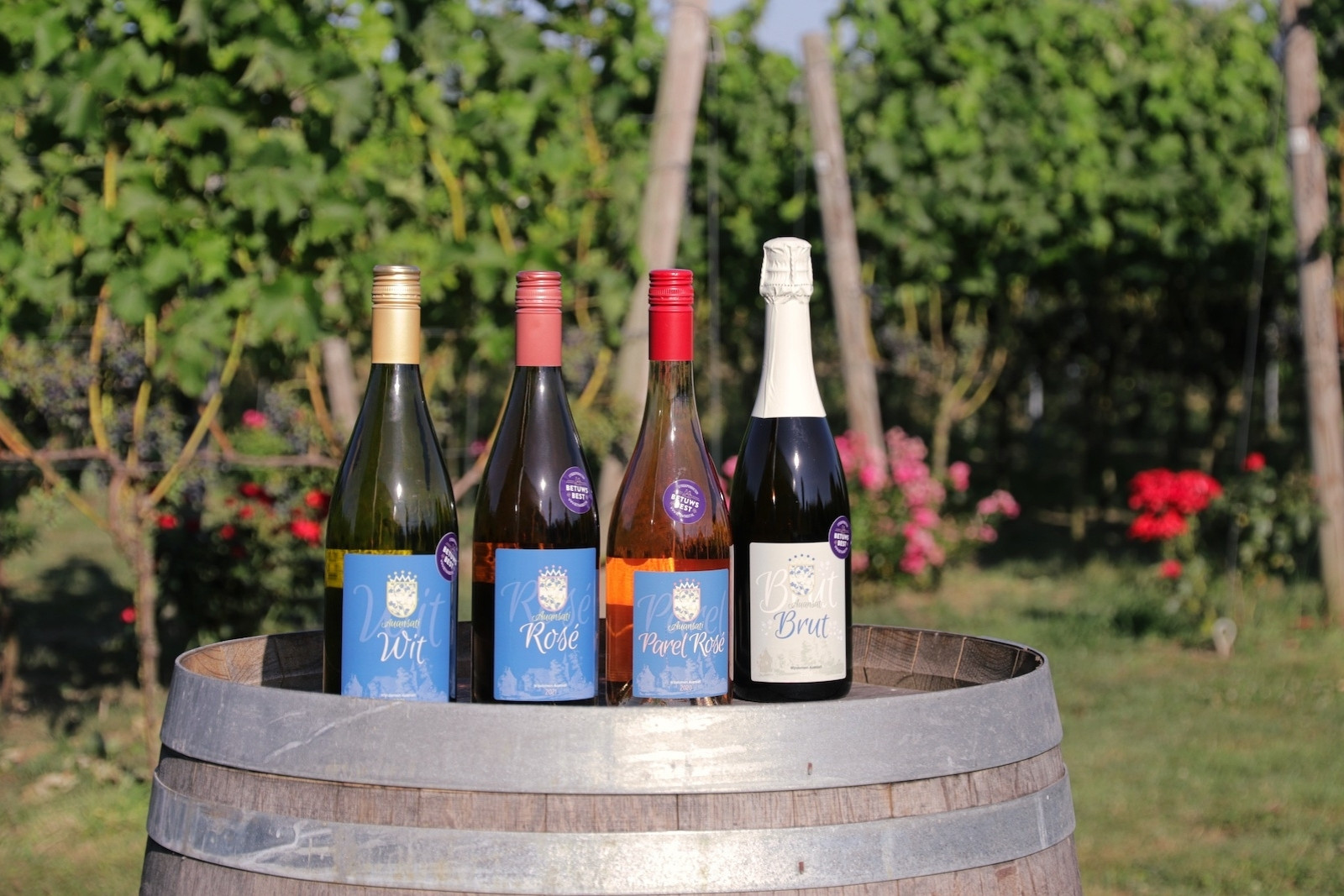
Tasting Auansati wines
Auansati currently produces two still wines, a white and a rosé. In addition, they also produce two sparkling wines. The Auansati Brut 2020, a Traditional Method sparkling wine, won a gold medal for best sparkling wine at the 2022 Wine assessment of the Low Lands (Netherlands and Belgium). To win this prize when you have just a small vineyard, that is quite special.
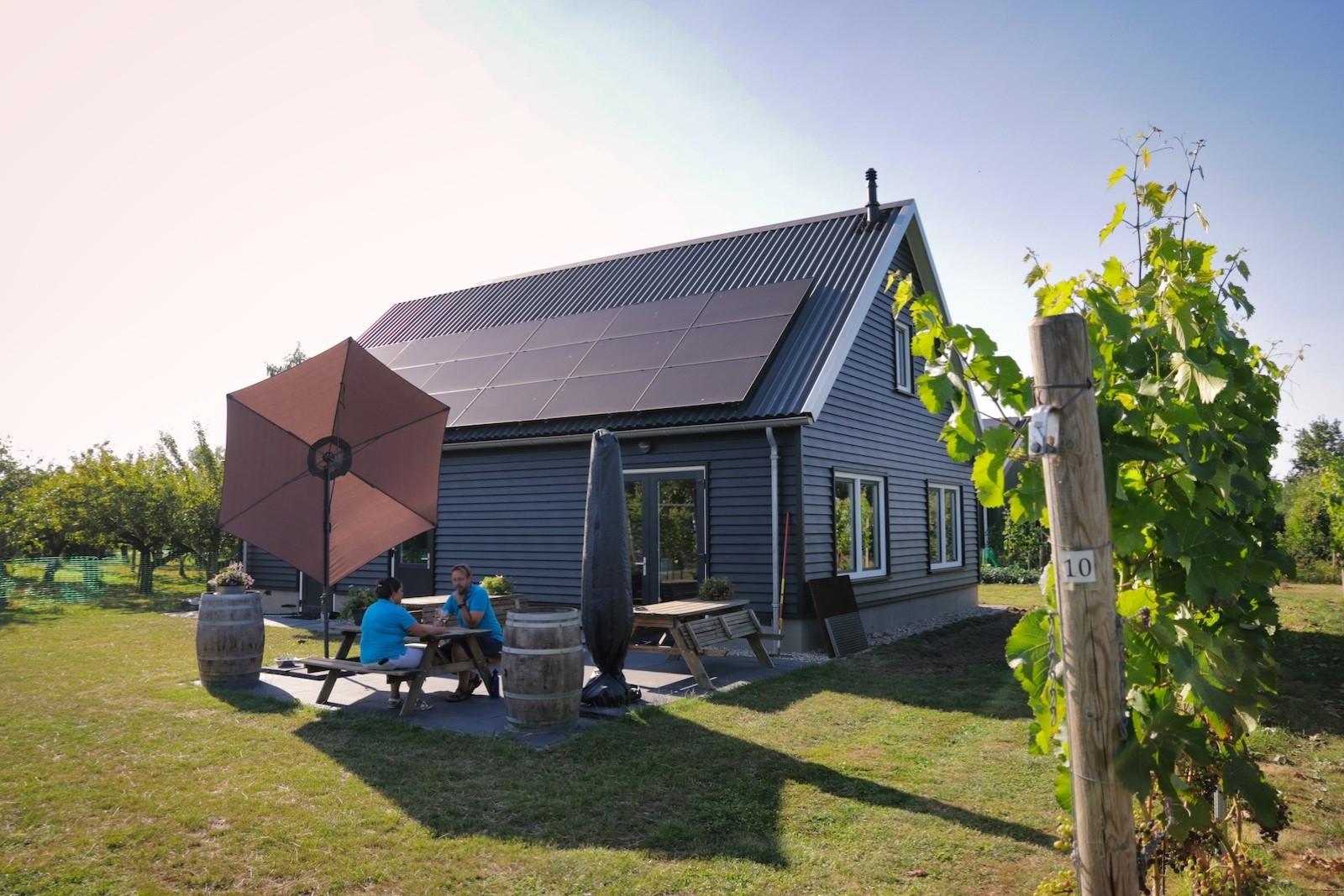
In 2021 a new building was realized that is used as a tasting room and for wine storage. The vineyard is still a hobby that got out of hand for Jan and Karin, in addition to their regular jobs. That is why unfortunately they can only receive visitors by appointment on Friday, Saturday or Sunday.
Updated: 02-04-2025
